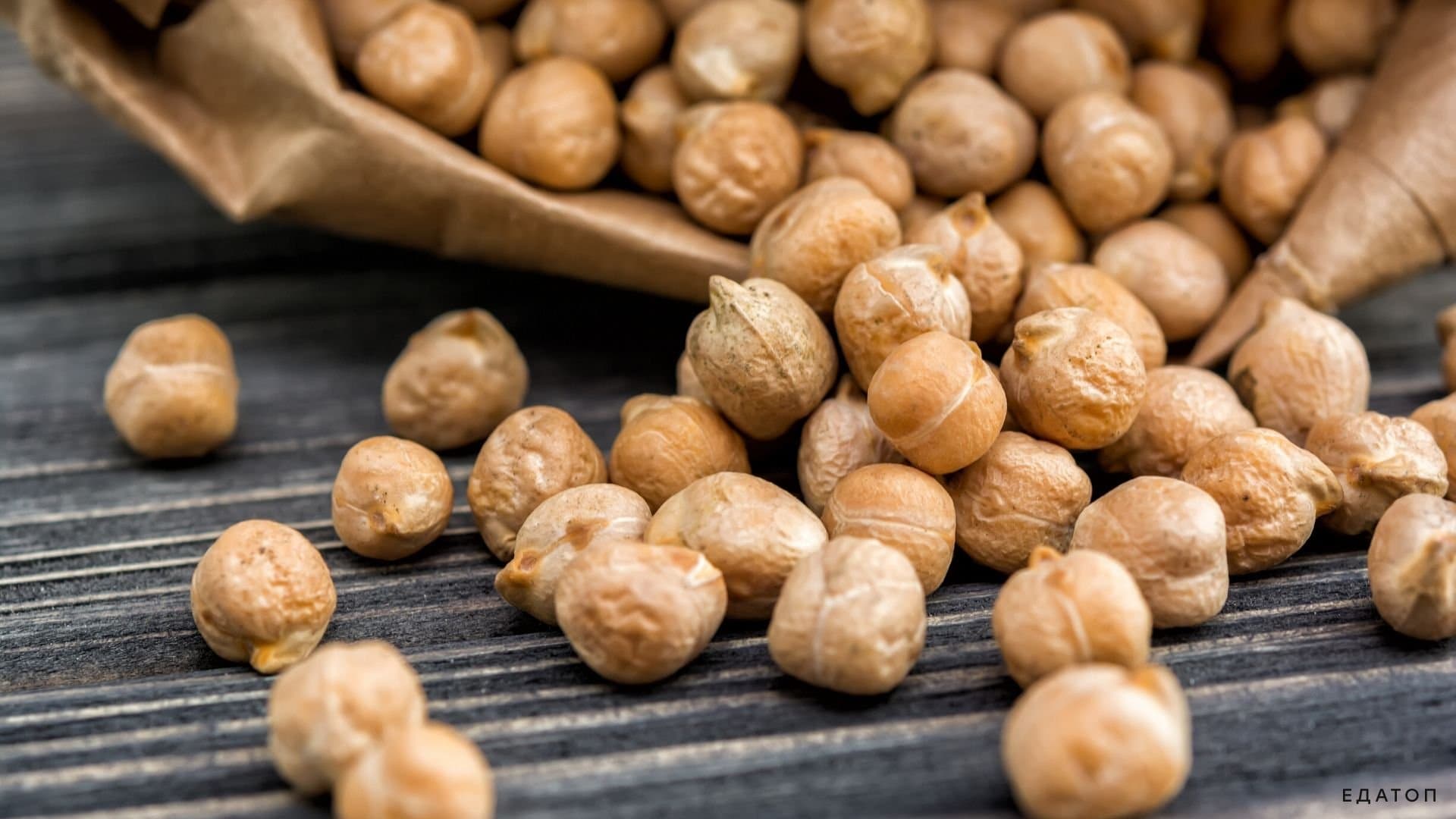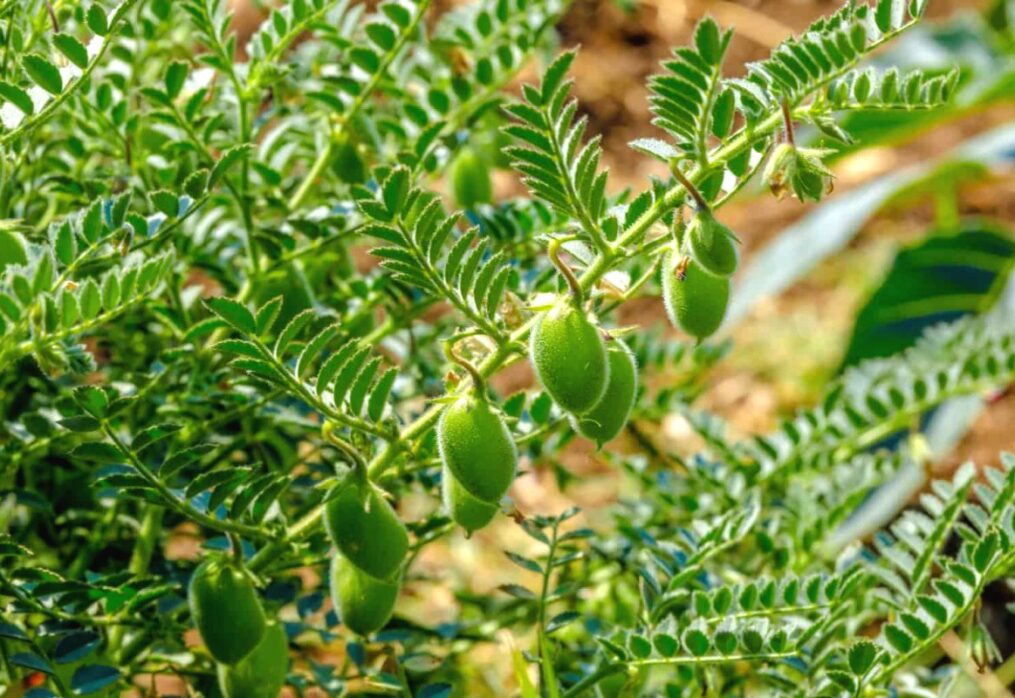Australia launches new project to increase chickpea and lentil yields
How scientists in Australia plan to increase chickpea and lentil yields
Australia has launched an international agricultural research project. Participants say it will help increase yields of chickpeas, beans and lentils. Several companies, including GRDC, are funding the project.
Features of the project
The new research aims to increase the production of the target crops over the next ten years. A team of scientists from Murdoch University is leading the project. The investment was more than US$11 million.
The research has brought together leading specialists in the field of breeding. They will share experiences with colleagues and develop new approaches together. Project participants are working in the following areas:
— technologies for breeding new varieties of grain legume crops;
— use of innovative tools and technologies in breeding;
— research on germplasm characteristics to increase genetic diversity;
— developing new approaches to increase yields.
Rajeev Varshney of FRS, the professor who is director of the Centre for Crop Innovation at Murdoch University, is leading the project. He says Australia has problems with chickpeas, lentils, and bean production. The main reason for low yields is the lack of genetic diversity. As a result, it is extremely difficult for farmers to increase the production of grain legumes. They are currently growing at less than 0.5% per year.
Research objectives
Specialists aim to develop high-yielding varieties of chickpeas and lentils that are tolerant of the heat and moisture deficits that characterise Australia.
Research and investment in breeding will help introduce efficient approaches to grain legume production. This, in turn, will promote genetic diversity in varieties.
The CGIAR Research Centre will provide the germplasm. Scientists will also collaborate with an international centre to improve dryland plant breeding. Australian scientists will study the germplasm. The data obtained will be catalogued, taking into account each sample’s DNA characteristics. This information is then sent to various breeding stations around the country.
The researchers plan to use innovative approaches, including:
— genomic prediction;
— artificial intelligence;
— high-speed selection technology.
This will enable the quick and qualitative identification of different DNA variants. Based on this, scientists will develop new chickpeas, lentils, and other pulses varieties. Climate tolerance and high yield are the key characteristics of seed development. The expected increase in productivity is 1.5%.
So far, scientists have not researched disease resistance. Their primary focus is on achieving high yields under Australian climate conditions.
